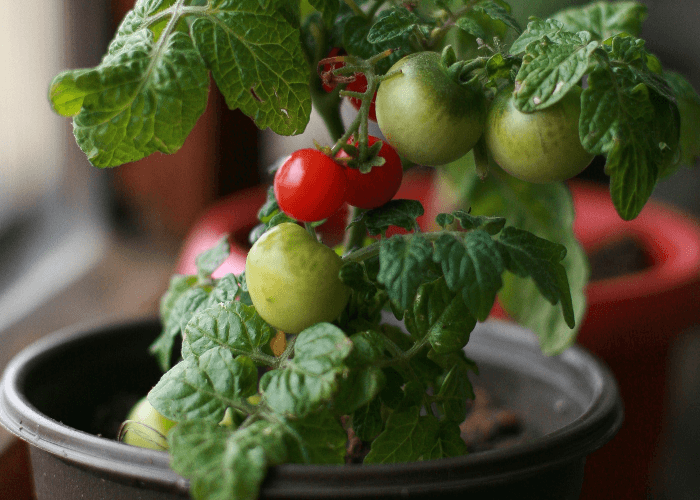Growing Vegetables Year-Round in Maine
By Riley Richardson

Growing your own food is a wonderful resource for access to ingredients in your day-to-day meals. Not only are these ingredients versatile and free in your own home, but you also have access to your own food year-round by planting many vegetables that continue the production of crops even after being harvested. You will gain responsibility and confidence when creating your own indoor vegetable garden, and having an indoor food source can be a fun activity to teach children how to tend to plants, educate them on where their food comes and allow you to engage in conversations related to nutrition and the importance of vegetables being in their diet.
What to Grow
Most varieties of leafy greens such as lettuces, spinach, and kale can grow indoors year-round. Other vegetables such as peppers (both sweet and spicy), tomatoes, and green onions also can be grown indoors. Herbs such as mint, thyme, rosemary, and microgreen varieties are easy to tend to and will add additional nutritional benefits, as well as additional flavorings, to your meals.
Where to Grow
It is important to consider what crops can be grown indoors, and where the best area of your house or apartment may be for your indoor garden to thrive. Most vegetables in Maine that are grown indoors must have access to sunlight, and have a consistent climate of 65 degrees Fahrenheit to 75 degrees Fahrenheit and have proper airflow from a fan or open window. This can easily be achieved by placing plants on or near windows facing the South side of your home.
How to Grow
Vegetables can be grown in different mediums as well. You can use pots, plug trays, or even recycling materials such as empty yogurt containers, plastic cupcake trays, and metal cans to grow your indoor gardens. Carefully drill holes into the bottom of the recycled containers to ensure the waters can drain when being watered. When adding soil to the pot, you can use any accessible potting mix, and you’ll be able to grow your own plants from seed to crop. You can also experiment by regrowing vegetables that you have used from the store! If you buy scallions, set the roots in a few inches of water, and watch as they re-grow (make sure to change the water every other day to prevent the plant from rotting). Herbs such as basil can be regrown in the same method, and once roots start to appear, you can transplant the plant into the soil for a bountiful crop.
You don’t have to invest in all the crops mentioned above all at once! Growing vegetables indoors can be affordable by starting with one and seeing if this activity works for you and your family. If you do find growing your own food to be beneficial, you can increase the success of your indoor garden by maintaining a consistent watering schedule, and even taking an extra step to invest in affordable grow lights, or even using a lamp with an LED lightbulb that is compatible. Growing your own food will be a great activity to save money and spend time working together as a family.